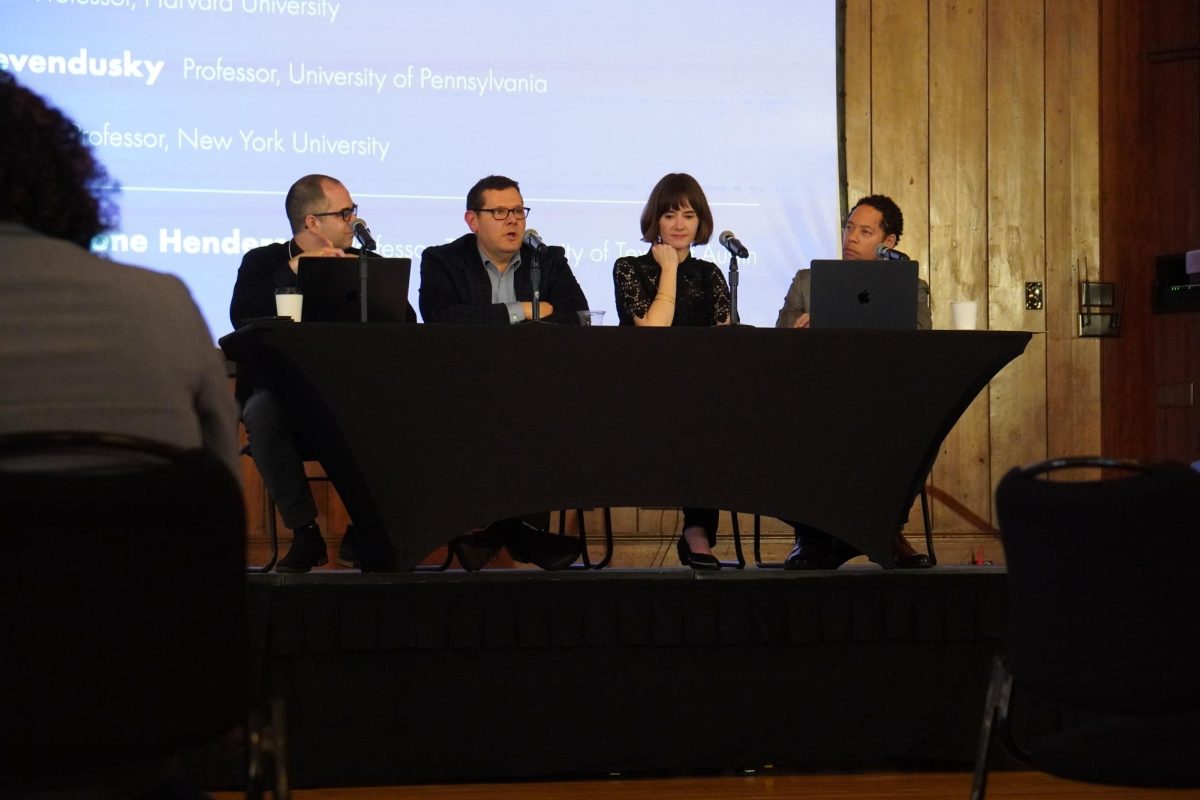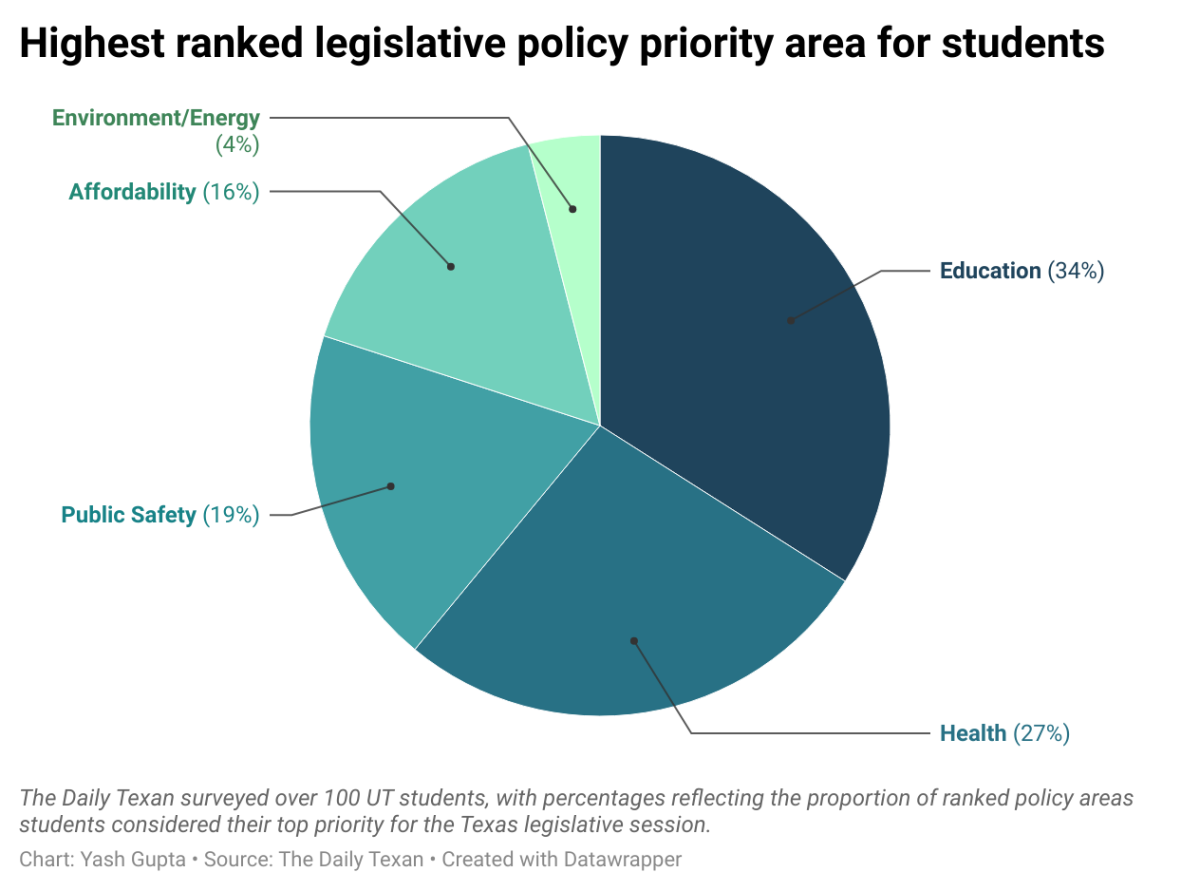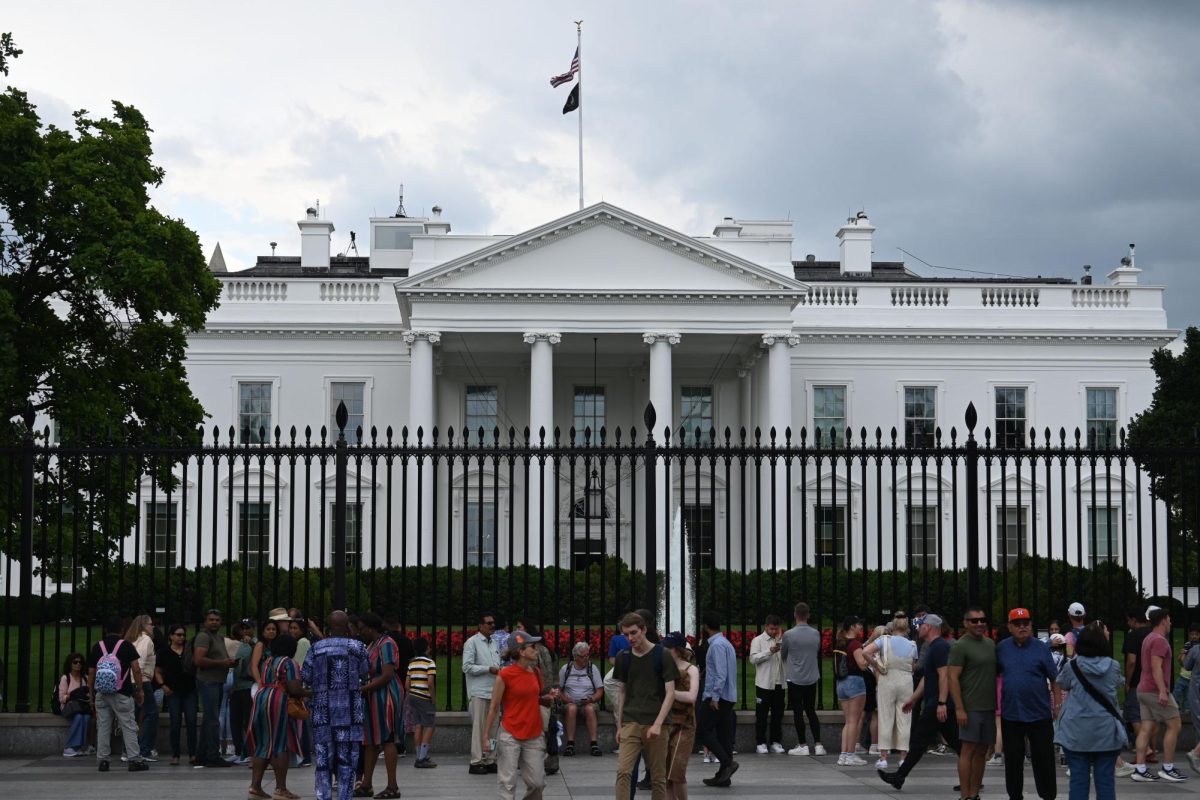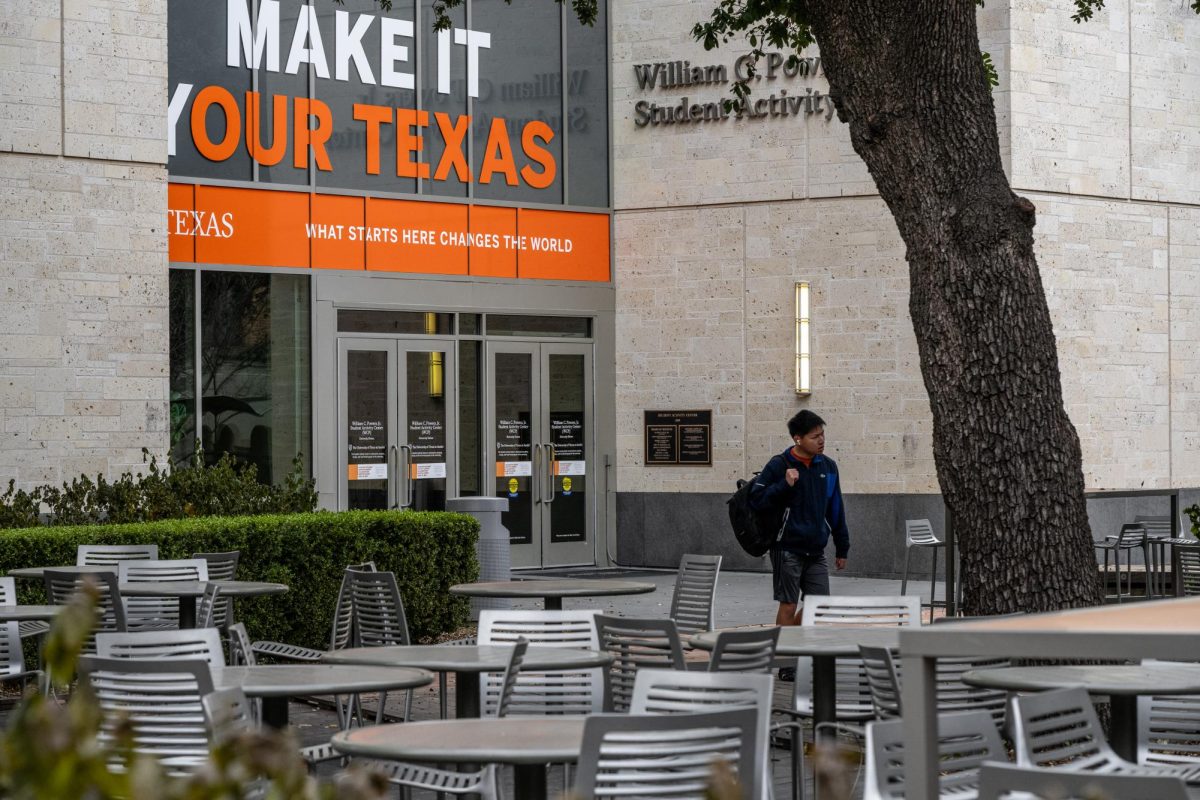Researchers at the Cockrell School of Engineering have developed a lithographic pen to better manipulate nanoparticles.
The project, headed by assistant professor Dr. Yuebing Zheng, was developed on campus at the Engineering Teaching Center. Aimed at improving the ease of building nanotechnology, the lithographic pen will allow researchers to freely arrange nanoparticles. The project is similar in concept to using a normal ink pen, Zheng said.
“We named [the project] bubble pen lithography,” Zheng said. “It’s just like how we use a pen to write with ink on paper, and here, instead of using a physical pen, we’re using a metal beam as a pen. Instead of ink, we use particles in the solution.”
The pen has many potential real life applications in various scientific fields, Zheng said.
“This pen is a very important tool to write those particles in a specific pattern,” Zheng said. “An everyday example would be if we could arrange those biological cells in a specific way so these cells can interact between each other — stem cells, for example. We can change those arrangements of the cells into organs like hearts, lungs, so this will change how we can arrange these cells in a specific way.”
Postdoctoral fellow Dr. Linhan Lin, who also worked on the project, said the particles are gathered by generating a bubble.
“The microbubble causes a strong convective flow to collect the nanoparticles toward its surface and trap the particles by a couple of forces, like surface tension, gas pressure and convective drag force,” Lin said in an email. “It took us six months to develop this technique.”
Lin said that while there are a couple of advanced techniques for the patterning and fabrication of nanomaterials and nanodevices, there aren’t many ways to pattern the nanoparticles using a wet solution on a solid material.
“Our technique, bubble pen lithography, fills this gap very well,” Lin said. “The bubble pen can be utilized for building functional devices for microelectronics or nanophotonics, fabricating ultrafast light source and patterning biological cells.”
Electrical engineering senior Charlie Gao said that this pen could set a precedent for the future of nanotechnology, particularly if it could lower the cost of nanotechnology production below an acceptable threshold.
“Once the bubble pen technology becomes mobile, the new exciting possibilities for on-the-read nanoproduction prototyping and production will become tangible,” Gao said.





















